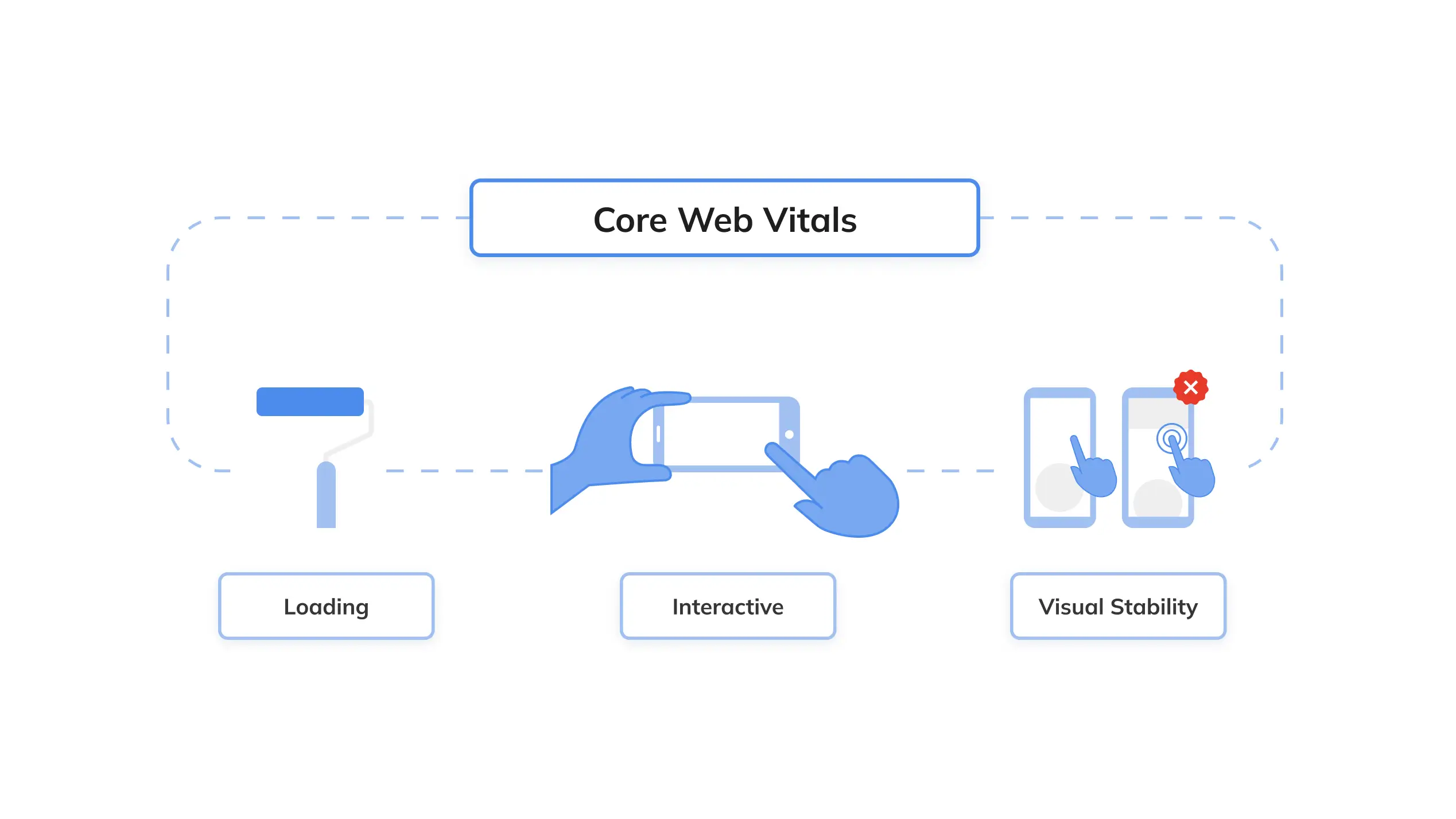A complete guide to on-page SEO [with checklist]
On-page SEO ensures your website content is optimized for humans and search engine bots so you can achieve the results you’re looking for.

As more and more businesses shift their operations online, it's become increasingly important to ensure that your website meets certain standards in terms of user experience. One key factor in this regard is your site's Core Web Vitals.
If you're a website owner or an SEO specialist, you may have heard about the term "core web vitals." In 2021, Google announced that they would include Core Web Vitals in their ranking algorithm. This means that core web vitals have become essential in determining a website's ranking on search engine result pages (SERPs).
Core web vitals are a set of user experience metrics that measure how fast a web page loads, how quickly users can interact with the page, and how stable the page is as it loads.
Core web vitals are important for SEO because they are a key factor in determining the user experience of a website. A website that loads quickly, is interactive, and has a stable layout is more likely to provide a positive user experience than a website that takes a long time to load, is unresponsive, and has a layout that constantly shifts.
A positive user experience is crucial for SEO because it encourages users to stay on the website longer, engage with the content, and share it with others. A website that provides a positive user experience is also more likely to attract links from other websites, which can improve its ranking on SERPs.
In addition to improving user experience, optimizing for core web vitals can also help improve website performance. By reducing the page load time, optimizing the layout, and making the website more interactive, website owners can improve their website's speed, which can improve their ranking on SERPs.
Your website will be graded based on three primary metrics:
Let’s take a look at what each of these actually means and how you can improve your score in each area.
Largest Contentful Paint (LCP): this measures the loading performance of a web page. It measures the time taken for the largest content element (such as an image or text block) on the page to load.
The following optimizations are recommended to improve your LCP score:
First Input Delay (FID): this measures the time a web page takes to respond when a user interacts with it, such as by clicking a button or a link.
These optimizations can help improve your FID score:
Cumulative Layout Shift (CLS): this measures the visual stability of a web page. It measures how much the page layout shifts as it loads.
CLS optimizations should include:
Optimizing for core web vitals involves several factors, including optimizing images and videos, improving server response time, reducing render-blocking resources, and minimizing layout shifts. Google has provided a set of tools to help website owners and SEO specialists optimize for core web vitals, including the PageSpeed Insights tool and the Search Console Core Web Vitals report.
To optimize for core web vitals, you can consider the following steps beyond those we’ve already looked at in the section above:
By optimizing for core web vitals, you can improve user experience and increase your website's ranking on search engines, leading to increased traffic and engagement.
In conclusion, core web vitals are an essential factor in determining a website's ranking on SERPs. By optimizing for core web vitals, website owners and SEO specialists can improve the user experience of their website, attract more links, and improve their website's speed and performance. To learn more about core web vitals and how to optimize for them, check out the resources provided by Google and other reputable sources in the SEO community:
Example websites that are performing well in terms of Core Web Vitals are:
Overall, these websites are performing well in terms of Core Web Vitals because they have a fast loading speed, low CLS scores, and good accessibility practices. This ensures that users can quickly and easily access the information they need, without any visual or functional disruptions. Check out next “SaaS SEO best practices: dos and don'ts” and “How to optimize images to improve page speed and SEO of your website” to keep up with the SEO trends!
On-page SEO ensures your website content is optimized for humans and search engine bots so you can achieve the results you’re looking for.
With good SEO, your website can be a shining beacon in a sea of online noise, attracting visitors like moths to a flame.
Securely migrating a WordPress website to HubSpot can be done. Use this checklist based on hundreds of migrations.
Be the first to know about new B2B SaaS Marketing insights to build or refine your marketing function with the tools and knowledge of today’s industry.